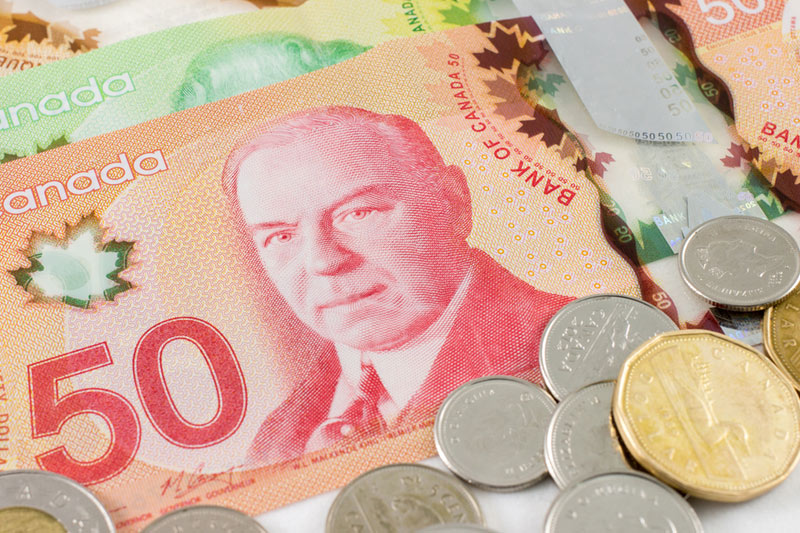Investing.com - The U.S. dollar remained near five-year highs against its Canadian counterpart on Tuesday, after the release of positive trade balance data from Canada as the drop in oil prices continued to weigh heavily on the commodity-linked currency.
USD/CAD hit 1.1427 during early U.S. trade, the pair's highest since July 2009; the pair subsequently consolidated at 1.1411, gaining 0.47%.
The pair was likely to find support at 1.1261, Monday's low and resistance at 1.1724.
Statistics Canada reported that the country's trade balance swung into a surplus of C$0.71 billion in September from a deficit of C$0.46 billion in August, whose figure was revised from a previously estimated deficit of C$0.61 billion.
Analysts had expected the trade deficit to widen to C$0.70 billion in September.
But demand for the commodity-linked loonie remained under pressure as crude oil prices dropped more than 1% after Saudi Arabia lowered prices to buyers in the U.S. and amid ongoing concerns over the health of the global economy.
In the U.S., official data showed that the trade deficit widened to $43.03 billion in September from $39.99 billion in August, whose figure was revised from a previously reported deficit of $40.1 billion.
Analysts had expected the U.S. trade deficit to widen to $40.0 billion in September.
The loonie was lower against the euro, with EUR/CAD advancing 0.69% to 1.4278.
Also Tuesday, the European Commission cut its growth and inflation forecast for the euro zone, underlining the diverging monetary policy stance between the Federal Reserve and its major peers.
The commission cut its forecast for euro zone economic growth to 0.8% this year, from 1.2% in the spring and now expects growth of 1.1% in 2015, down from 1.7% previously.
The EC said it expects inflation in the euro area to remain below the ECB’s target of close to but just below 2% until at least 2016. It also warned that unemployment levels will remain at their current high levels for longer than previously hoped.
